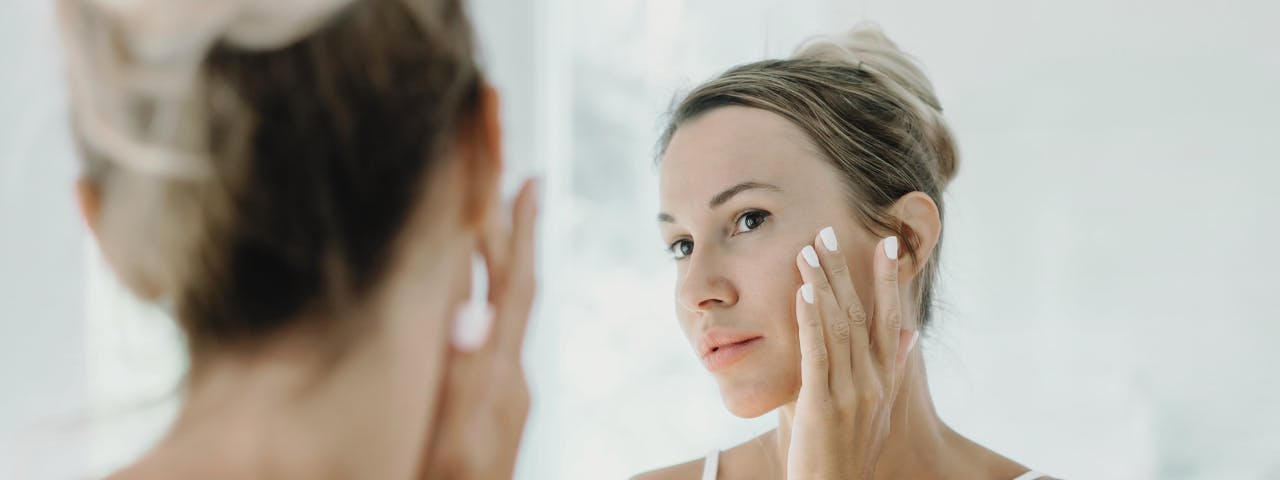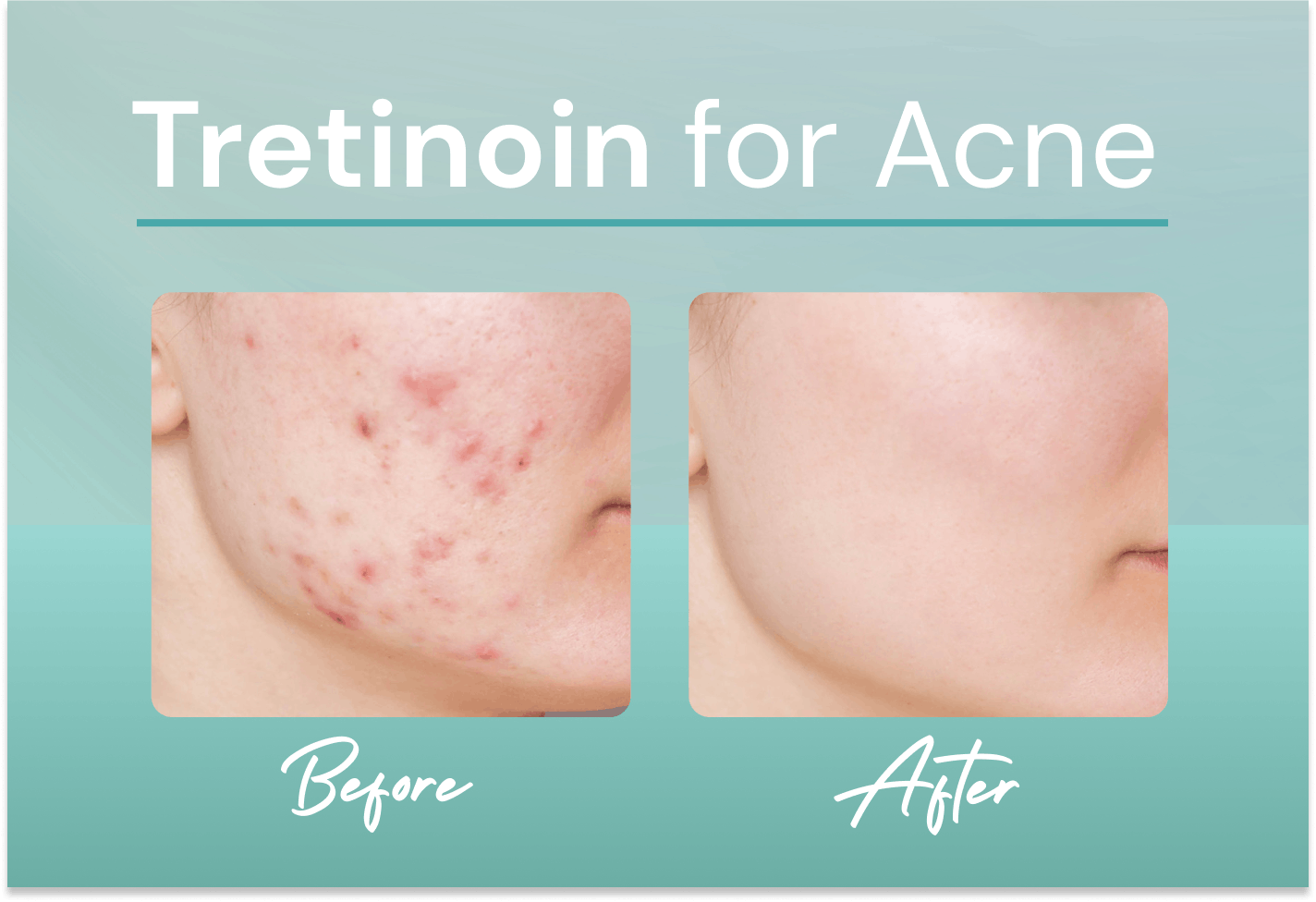Pore vacuums are the latest beauty trend that promise to clear clogged pores and help you achieve clean skin. But do they actually work? We asked dermatologists to find out if they can actually help you join the clean skin club.
What is a pore vacuum?
A pore vacuum is a small handheld electronic device that applies pressure to suck out debris, dead skin, and other gunk from clogged pores. Board-certified dermatologist Dr. Geeta Yadav says these nifty tools are best for treating blemishes with visible heads, specifically blackheads and whiteheads. They're designed to minimize the appearance of pores, help clear skin, and give a radiant, fresh-faced complexion by physically extracting built-up oil and dirt.
How does it work?
It works like a traditional vacuum, but for your face, says Dr. Yadav. “When applied to the surface of the skin, it uses powerful suction to pull congestion up and out of the skin,” she explains. Simply glide the gadget gently over your face, making sure to not linger too long on any one spot.
It’s important to choose a model that offers different suction levels to suit individual needs. People with sensitive skin need to be especially careful.
How effective are they?
Softening the debris in the pore and making sure the blemish is ready to purge will produce the best results, according to Dr. Yadav. A facial steamer, hot shower, or warm compress can help prep the skin and open pores.
A chemical exfoliant, like glycolic acid or salicylic acid, can also do the trick (according to the University of Utah Health’s Department). “Someone who regularly steams their skin and is judicious in the use of their pore vacuum may see clearer and smaller looking pores with regular use,” states Dr. Yadav.
What are the benefits?
Generally, a blackhead vacuum offers people an accessible, simple at-home exfoliation treatment. If it works for your skin, the result will be a smoother-looking appearance. By clearing out oil and bacteria regularly, you may also see fewer breakouts, and develop less acne over time.
What are the limitations?
Like any part of a skin care routine, this device should be a tool in your overall arsenal. It’s not all-purpose solution, or a quick, long-term fix. Customers expect these gadgets to magically banish blemishes after one use, but that’s just not the case, and it may lead to overuse.
“Most people are too rough when using a pore vacuum, causing even further damage to the skin, including abrasions,” warns Dr. Yadav.
Overzealous DIY-ers who apply too much suction can cause bruising, broken blood vessels, or skin discoloration. Always do a small patch-test before proceeding, especially for those with sensitive or acne- and rosacea-prone skin, who may find the process too irritating. When in doubt, consult a skin doctor. “I’d leave the pore purging to the professionals,” advises Dr. Yadav.
What are some alternative treatments?
Don’t sleep on tried-and-true cleansers and face washes, which are safe for everyday use. Scrubs, toners, and masks that contain salicylic acid can help reduce blackheads, according to a study in the Journal of the American Academy of Dermatology.
If you want to go with an advanced dermatology route, trusted specialists offer a variety of services with more efficient results. Professional pore vacuums usually combine multiple treatments into one device, says Dr. Yadav. For example, DiamondGlow microdermabrasion uses a special wand to exfoliate, extract, and infuse targeted serums for a comprehensive facial.
References
Elsevier Inc. Clinical evaluation of salicylic acid scrub, toner and mask in reducing blackheads. Journal of the American Academy of Dermatology. Retrieved from https://www.jaad.org/article/S0190-9622(03)03433-9/fulltext#relatedArticles
Mitchell, L.Vacuum your pores? University of Utah Health. Retrieved from https://healthcare.utah.edu/healthfeed/postings/2017/06/pore-vacuum.php
Dr. Geeta Yadav, board-certified dermatologist and founder of FACET Dermatology. (2022, September 26). Personal communication [Personal interview].



